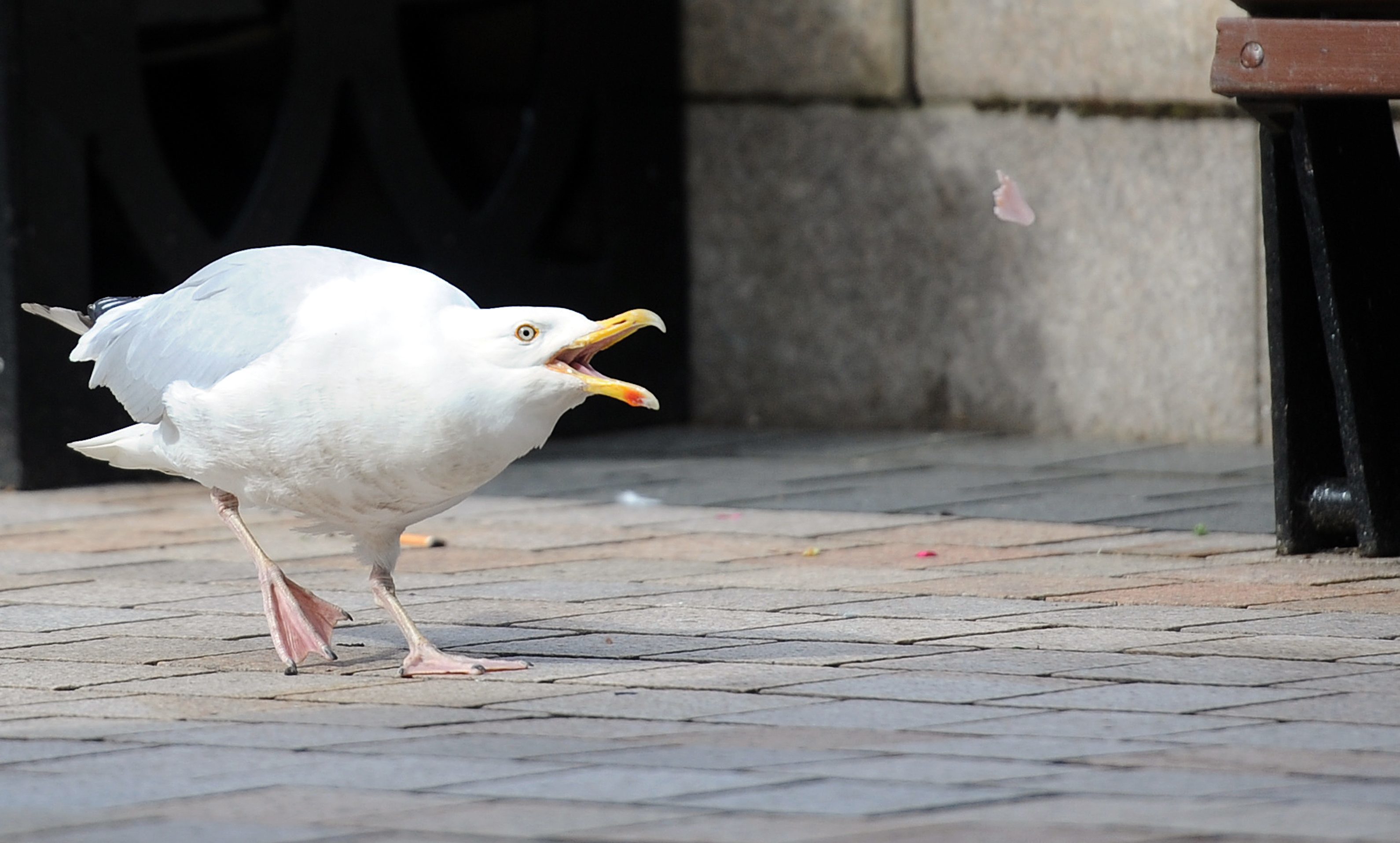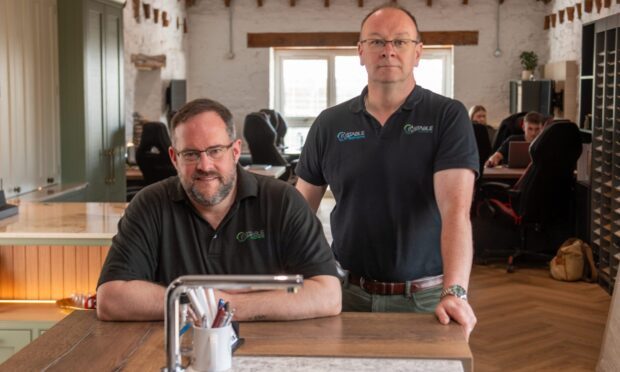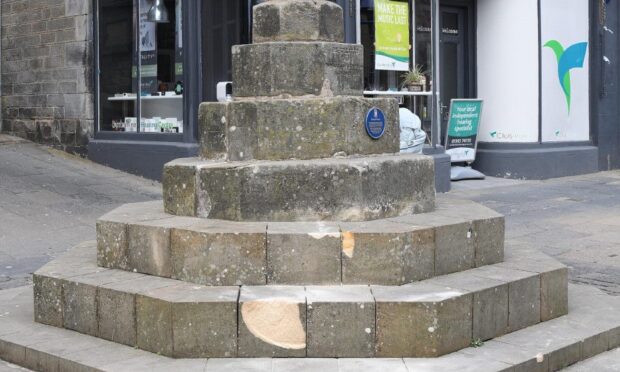We’re in the grip of a spate of seagull attacks – and they’re set to get worse.
One of the country’s leading experts on gull control is warning that the current spate of gull attacks across the UK will only increase if action is not taken by more local authorities and businesses. Already this summer, a teenager has been air-lifted to hospital, a four year old was lucky not to lose an eye and a blind woman is too afraid to walk to work: all the result of gull attacks.
Measures to deal with problem birds become more limited once gulls have established a territory and laid eggs so John Dickson, managing director and founder of NBC Environment, is urging organisations to take preventative steps during the autumn months to mitigate gull issues for next year and protect the public.
»» The Courier wants to hear your seagull stories. Have you, your child or a pet been attacked by a gull? Is your area particularly bad for them? And does your street have Courier Country’s biggest seagull? Send your stories and pictures to jmckeown@thecourier.co.uk or phone 01382 575 373.
The iconic image of the serene gull may be a symbol of seaside fun, but the reality can be very different. Traditionally, gulls (also known as seagulls) would follow sea trawlers to collect discarded fish but, like humans, they have adapted to find new food sources. An easier option is to scavenge from landfill sites and waste bins; this brings them further inland and into direct contact, and conflict, with people.
Gulls cause a variety of serious problems. As has been seen in the media, gulls are confident and aggressive, especially during the breeding season. Motivated by food, they will regularly steal from people, causing fear and injury
Gull faeces builds up on roof areas and guttering, causing blockages and damage which can result in costly repairs to buildings and solar panels. As gull numbers increase and they compete with each other to feed their offspring, noise becomes a major problem for residents and workers Gull faeces can cause a number of serious diseases, presenting a real hazard to people living, working and holidaying in an area with a large gull population. As well as being unsightly, gull faeces is a serious slip hazard, opening up businesses and local authorities to potential litigation
All UK birds are protected by the Wildlife and Countryside Act 1981, making it illegal to kill or injure a bird, or to move or destroy an active nest. Although gulls are increasingly being acknowledged as “pests”, even the familiar Herring Gull has amber protected status, despite the fact the gull population is increasing and rooftop nesting has quadrupled over the past 15 years.
“Gulls often return to the same nesting spot, year after year, bringing their offspring with them,” Dickson continued. “Gulls can live for up to 35 years, start breeding at only three years old and can produce around 30 chicks in a ten year period. As the chicks grow and reach breeding age they may return to the same nesting spot so the number of birds, and associated problems, increases year on year. A colony of gulls will remain at the nesting spot for around six months of the year and once in situ it’s very hard to remove or disperse them.”










